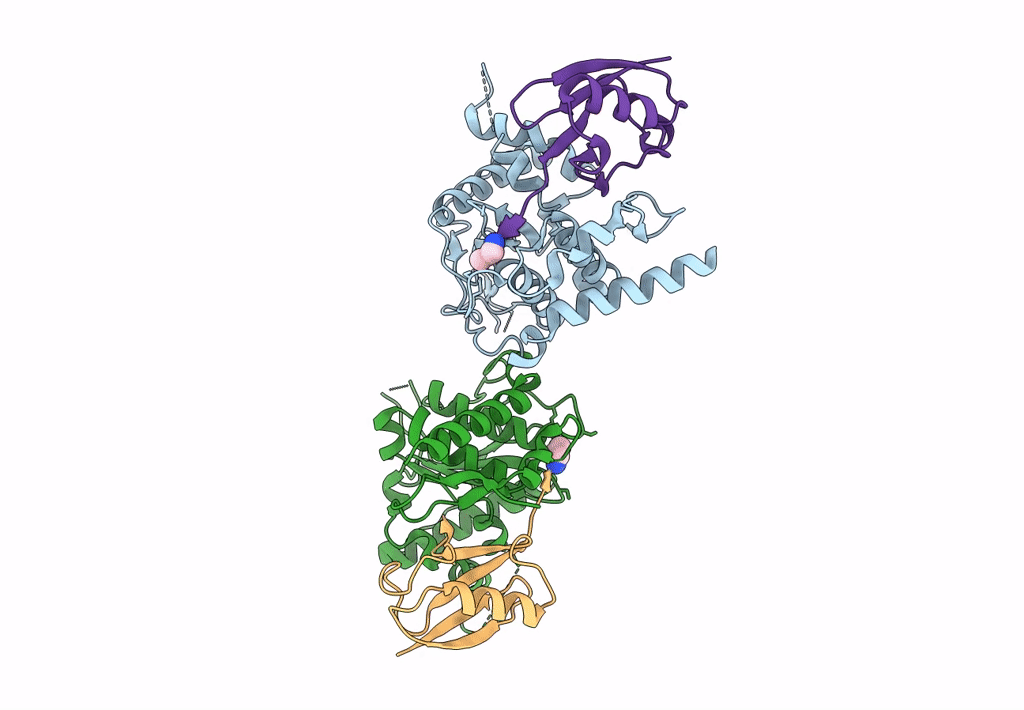
Deposition Date
2022-02-04
Release Date
2022-12-07
Last Version Date
2024-02-07
Method Details:
Experimental Method:
Resolution:
1.74 Å
R-Value Free:
0.23
R-Value Work:
0.18
R-Value Observed:
0.18
Space Group:
P 1 21 1


